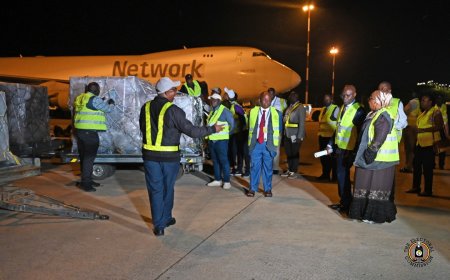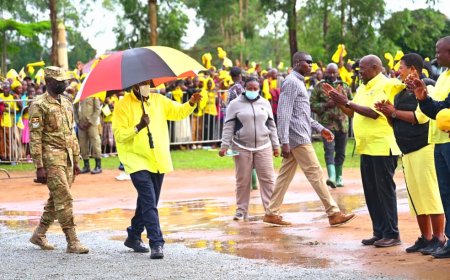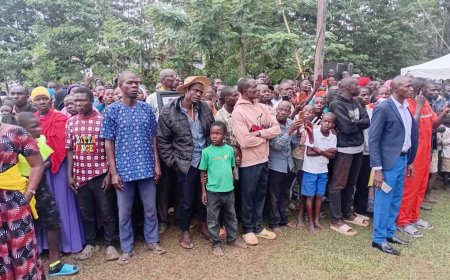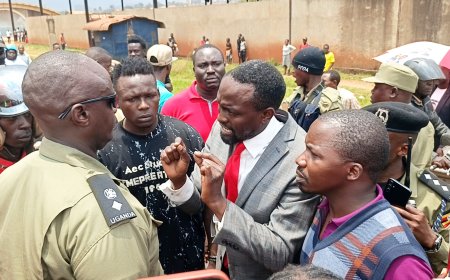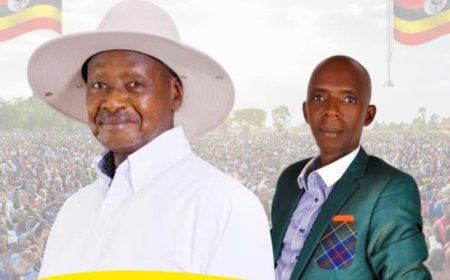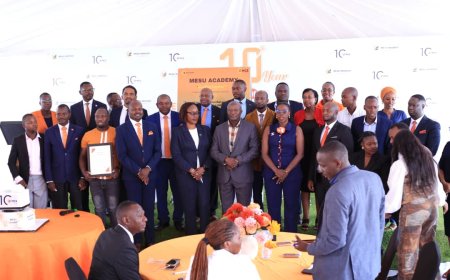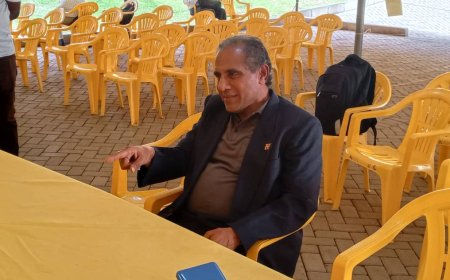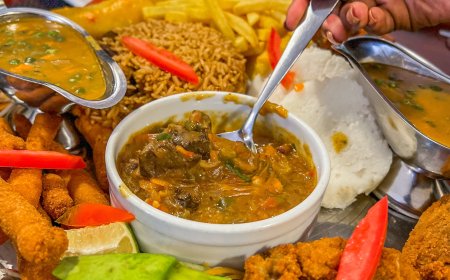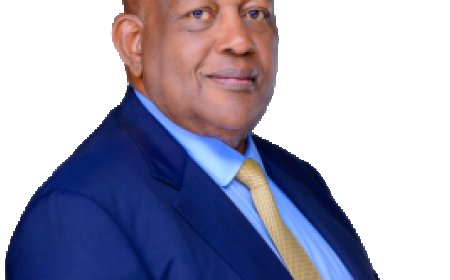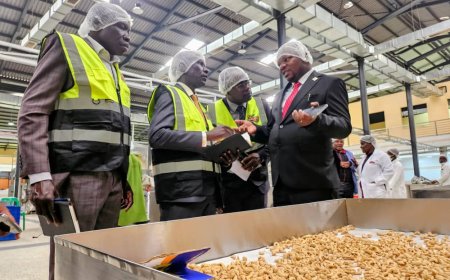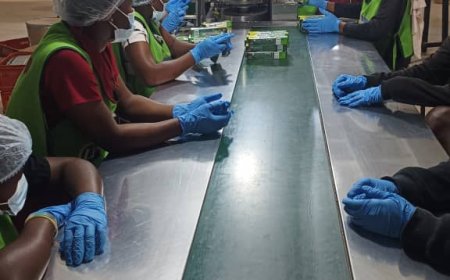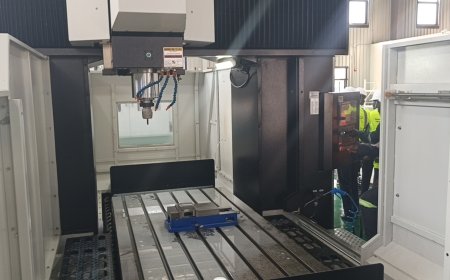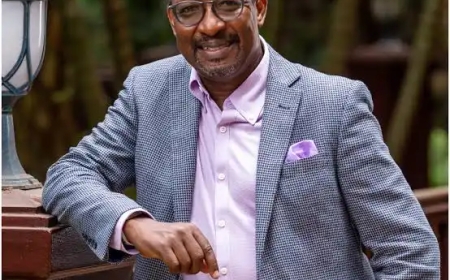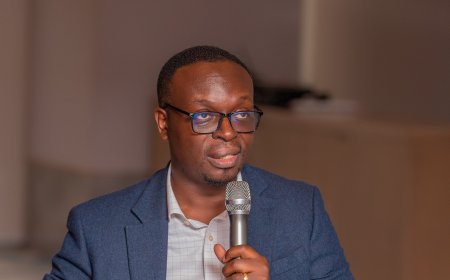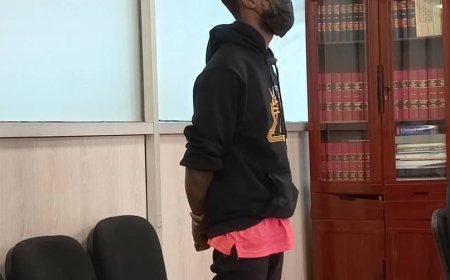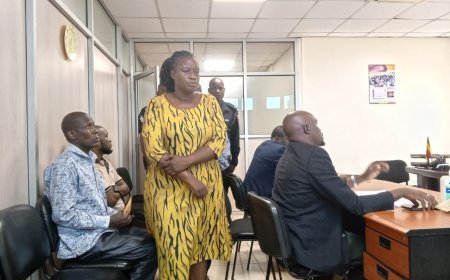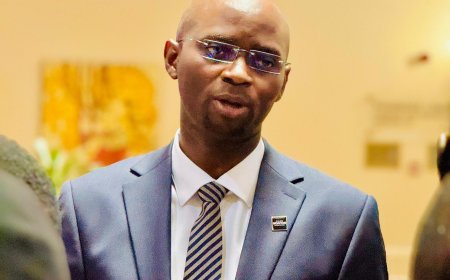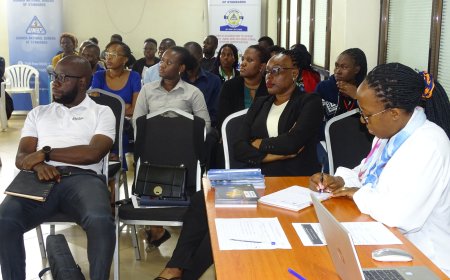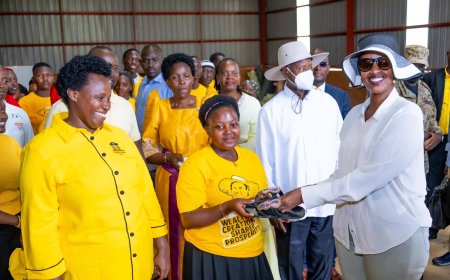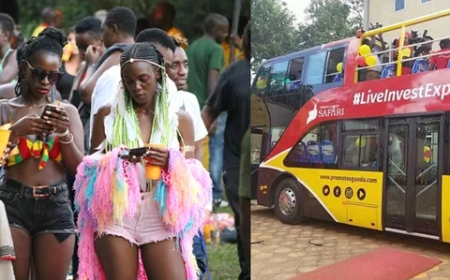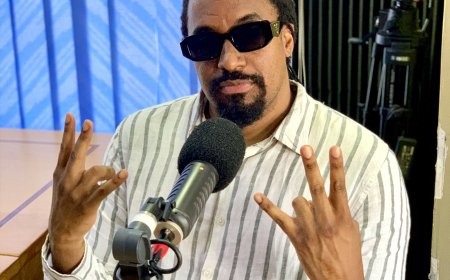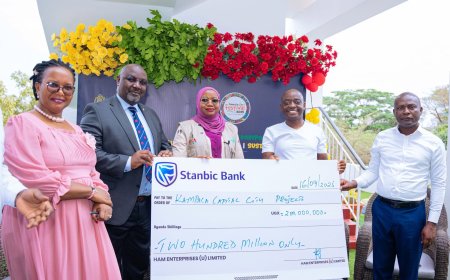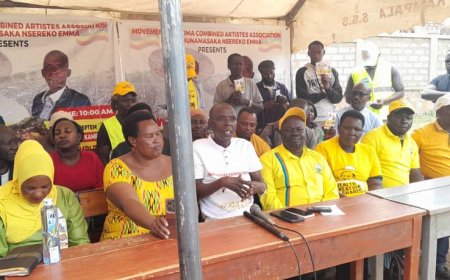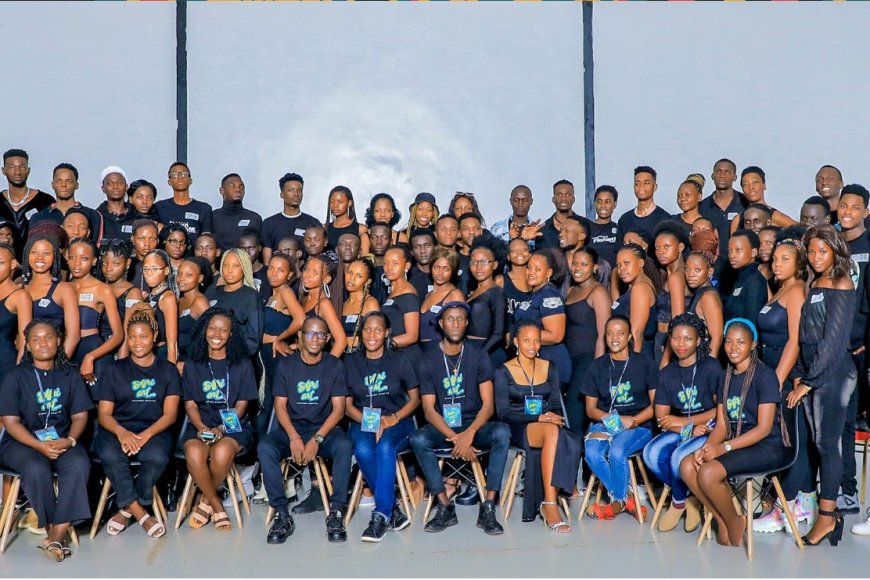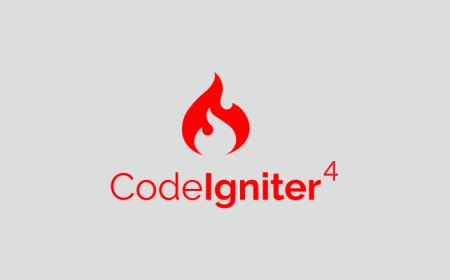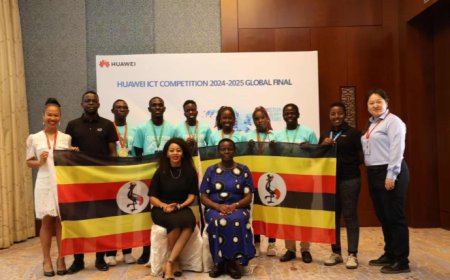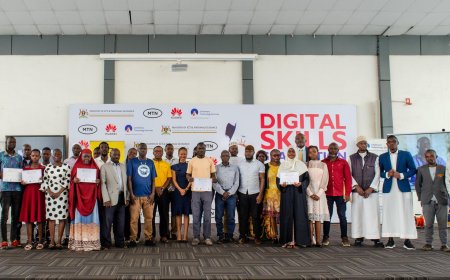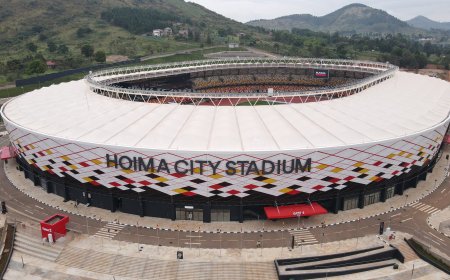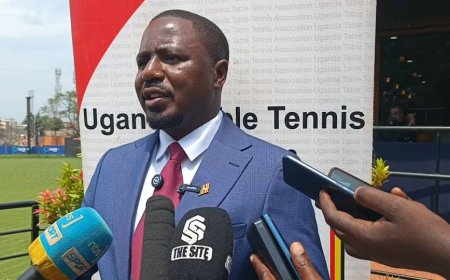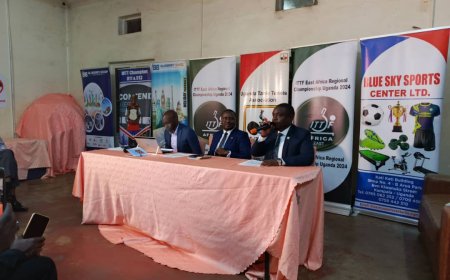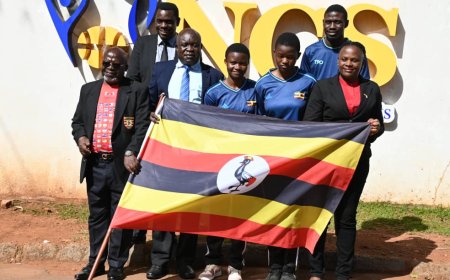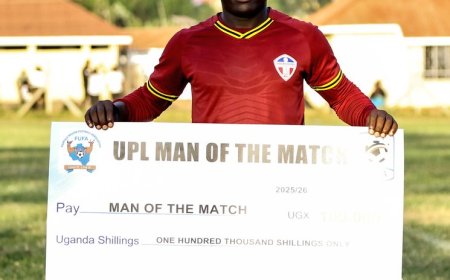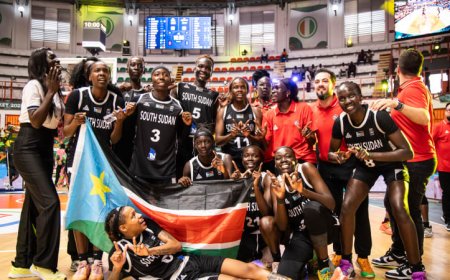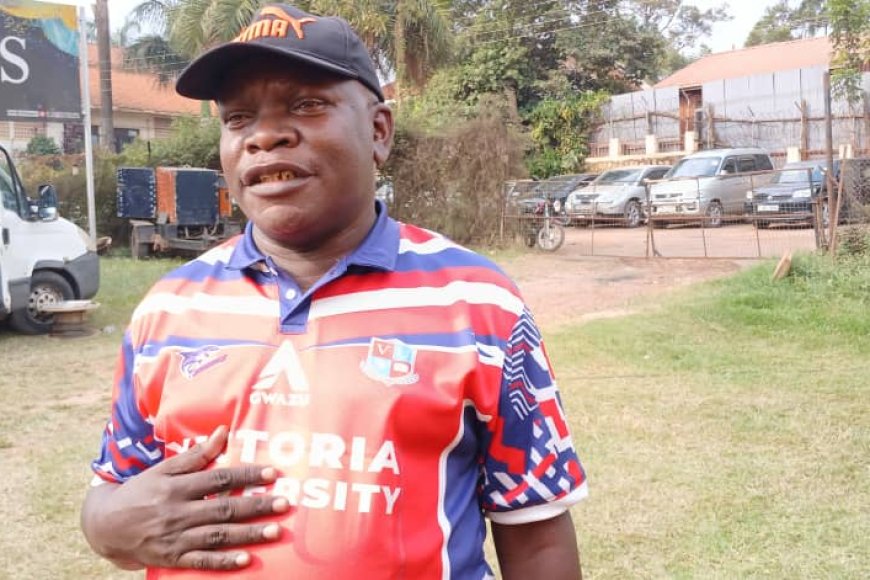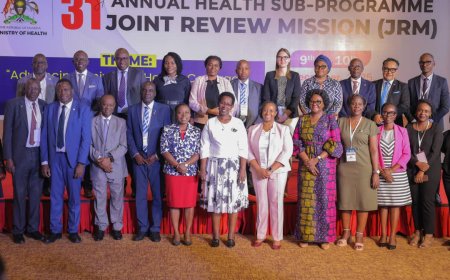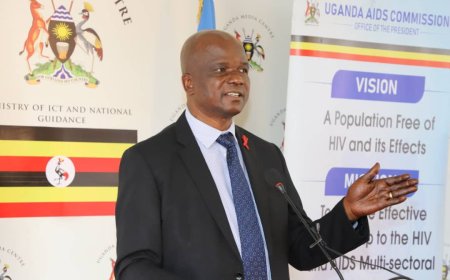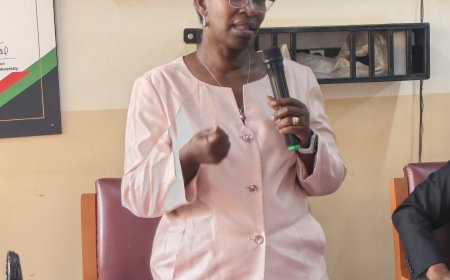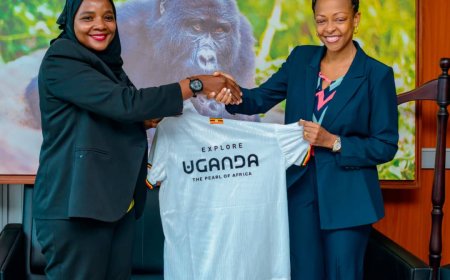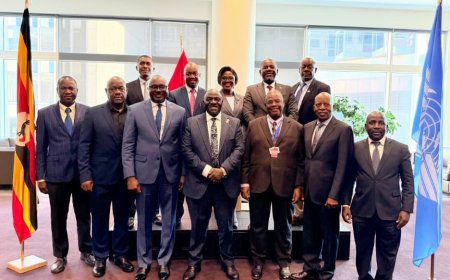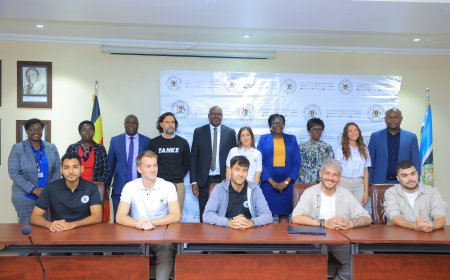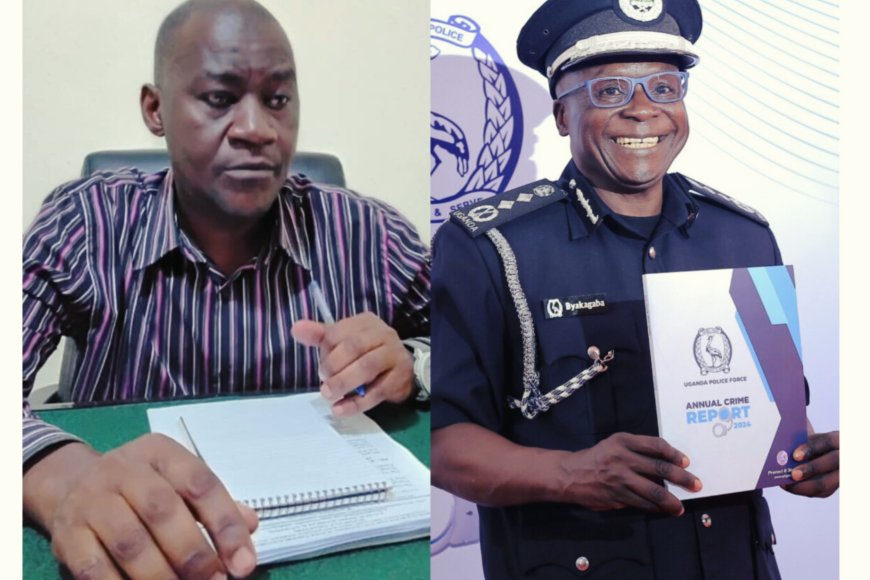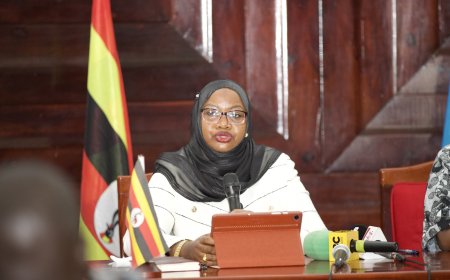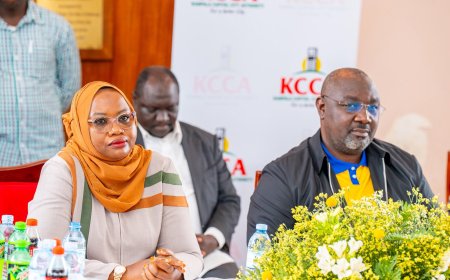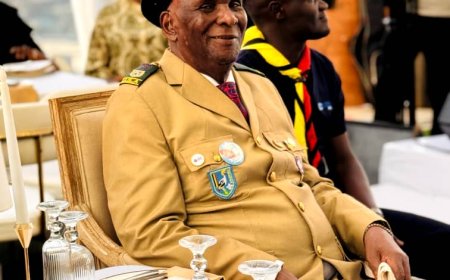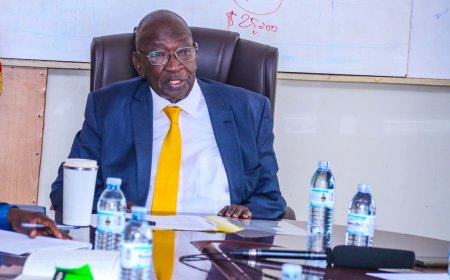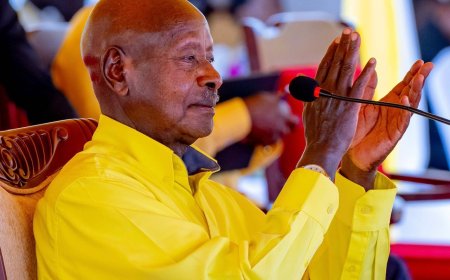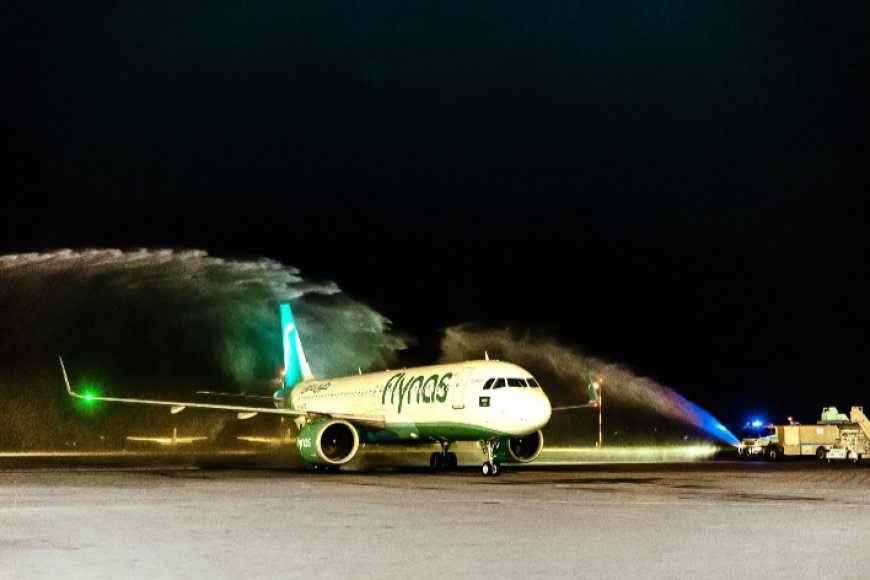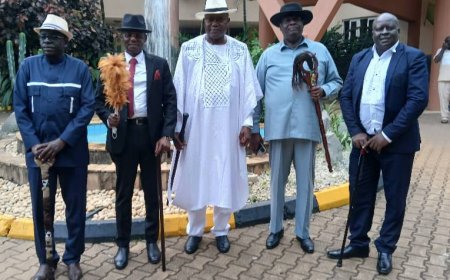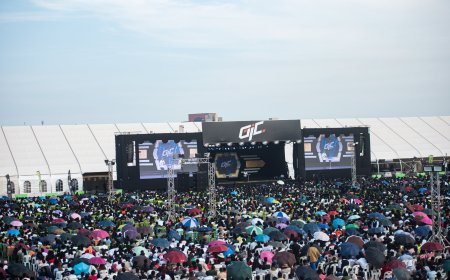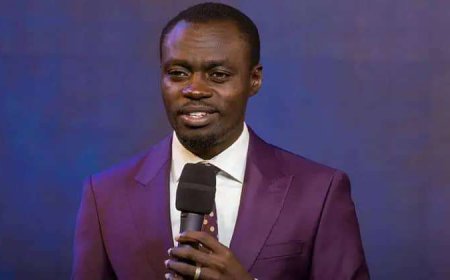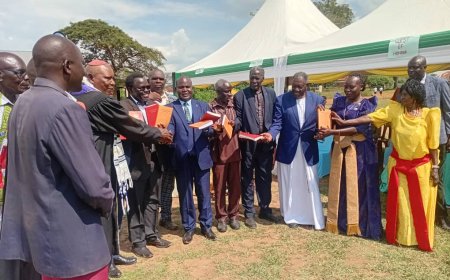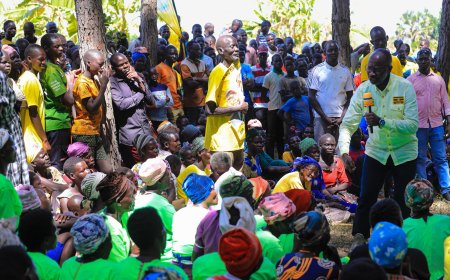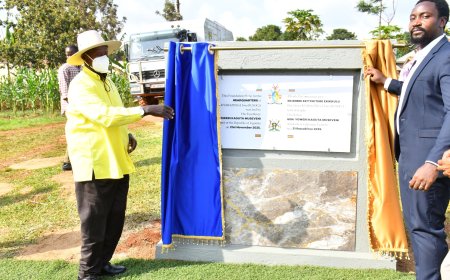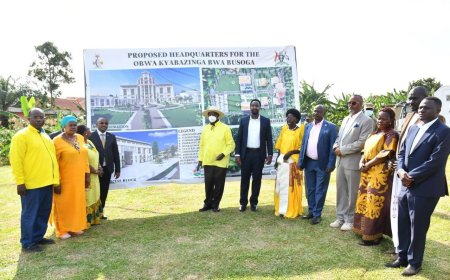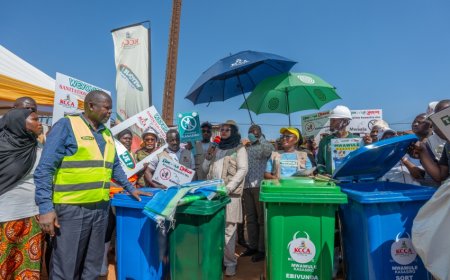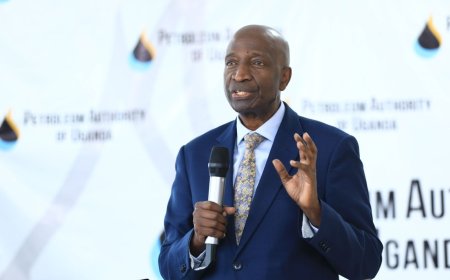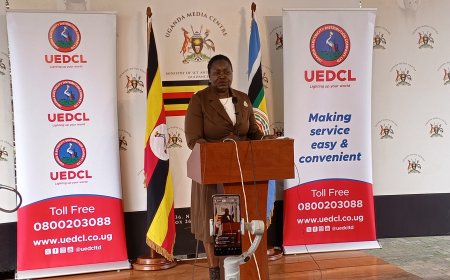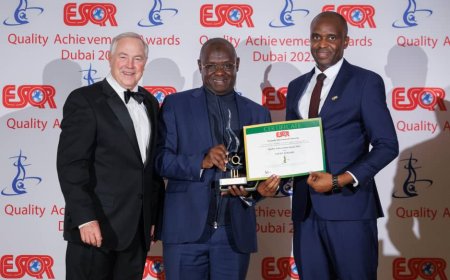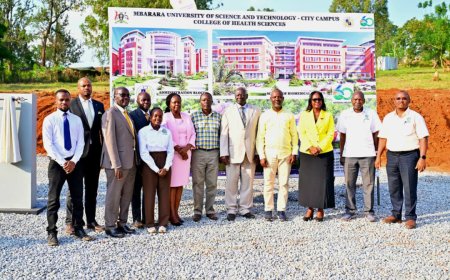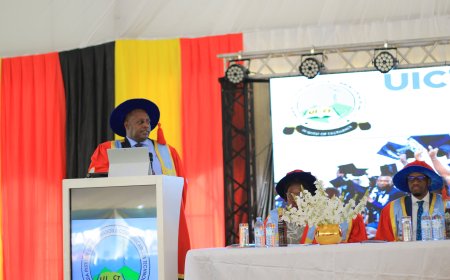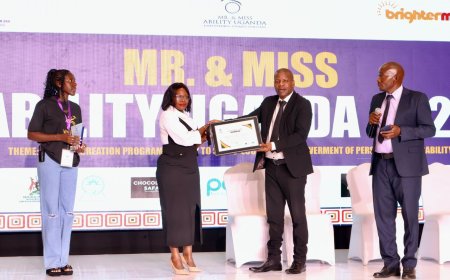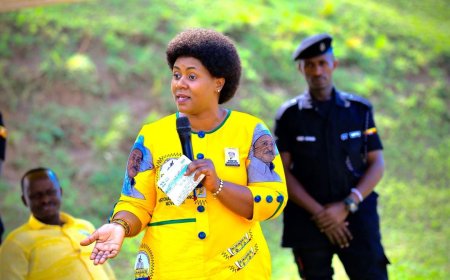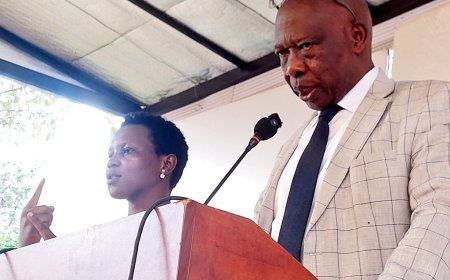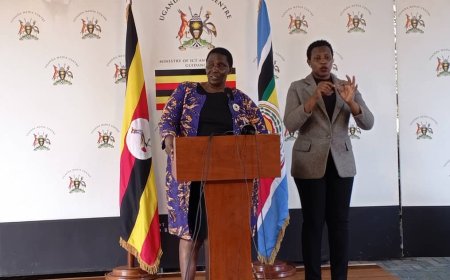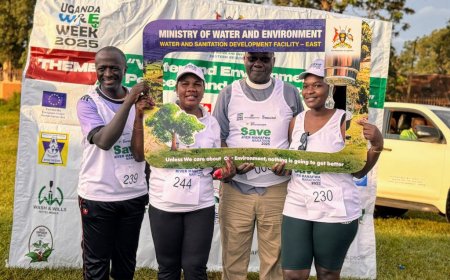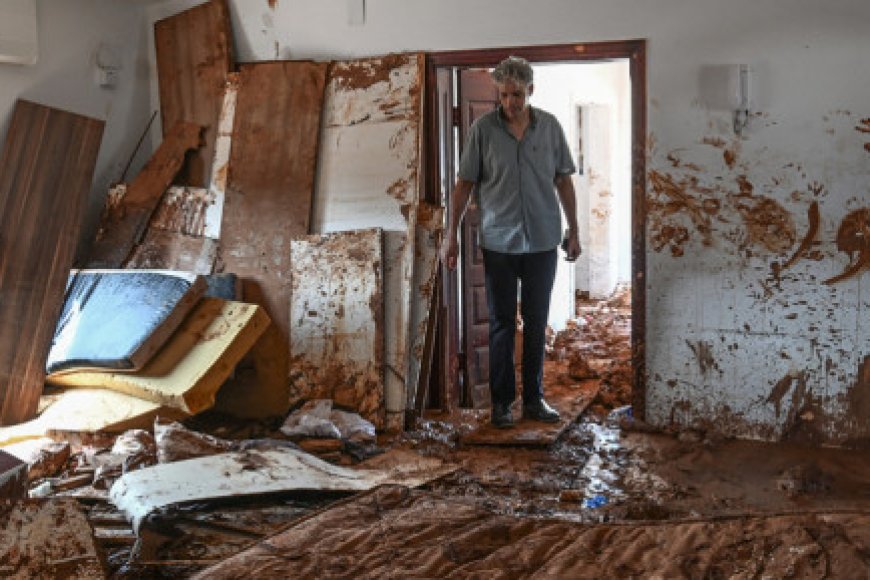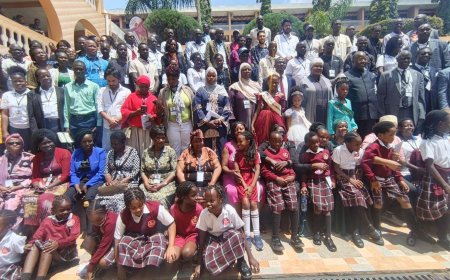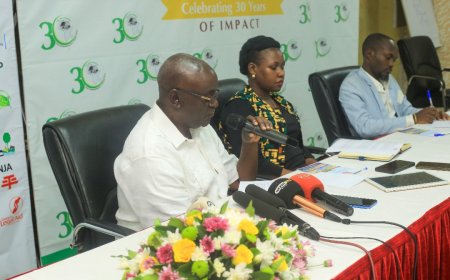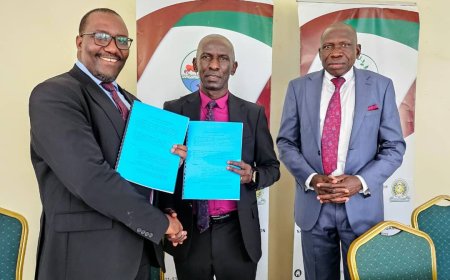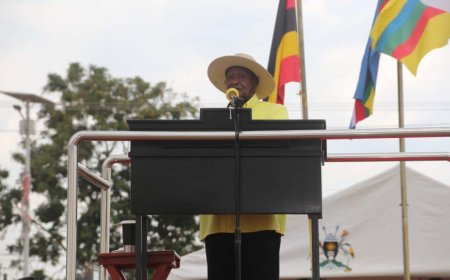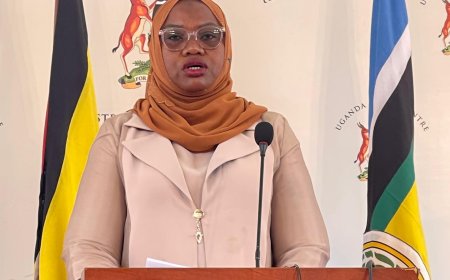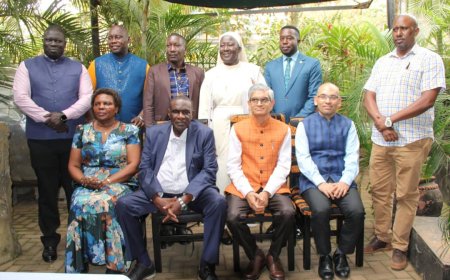Strategic Foresight for Kabale: Nabaasa’s 2026–2031 Development Agenda
Nabaasa’s manifesto stresses the urgent need for a new breed of leadership — one that is strategic, accountable, inclusive, and transformative.
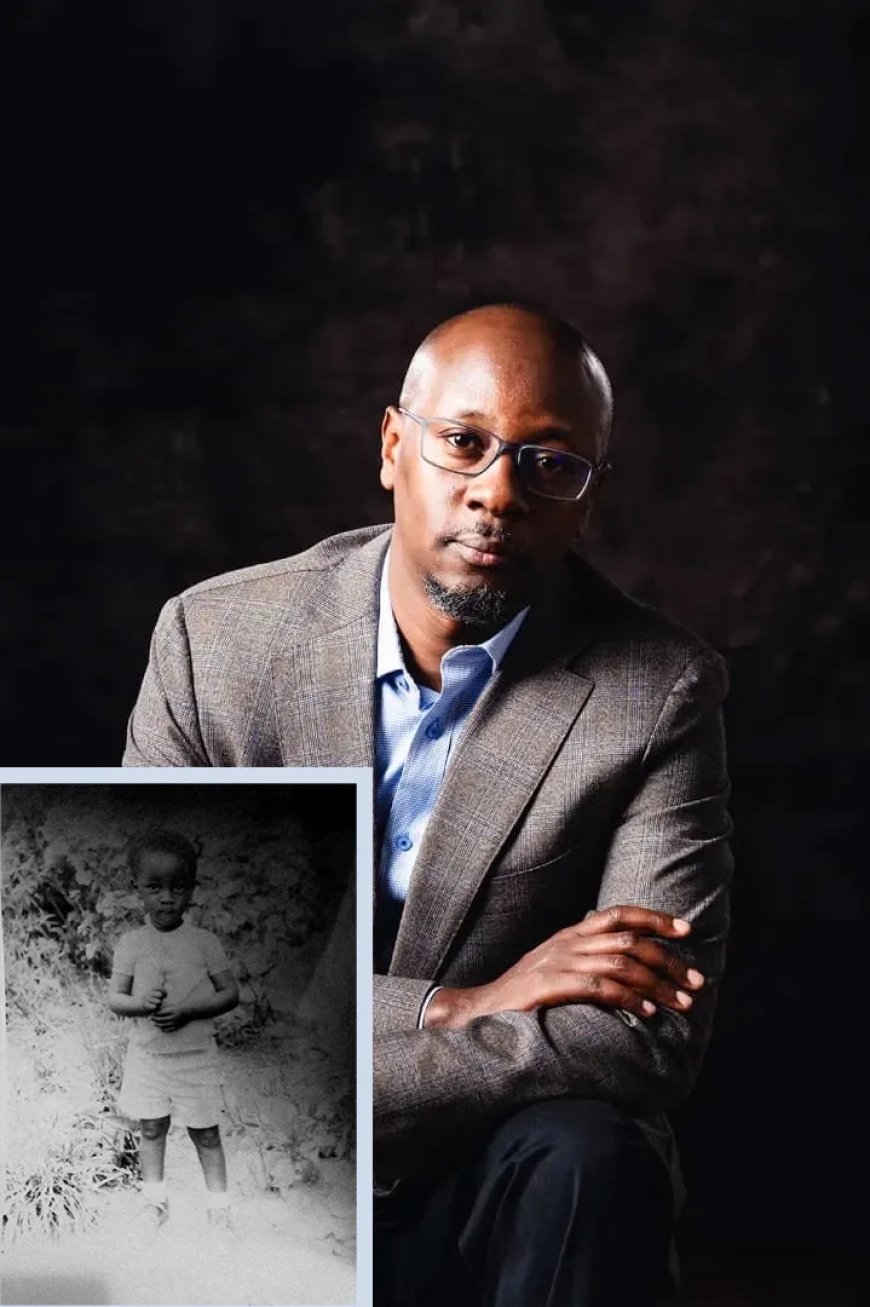
Kabale Municipality is at the brink of historic transformation. As Uganda enters a new era marked by oil production, infrastructural expansion, and deeper regional integration through the East African Community, aspiring Member of Parliament for Kabale Municipality, Dan Musinguzi Nabaasa, has launched a manifesto that positions Kabale as a strategic hub for education, health, tourism, sports, culture, and business. His vision, captured under the spirit of “Tureebe Omumeisho, Tureebe Hare” (Let’s focus on the light, let’s focus on the future), calls for foresighted leadership that harnesses opportunities to secure prosperity for Kabale and the wider Kigezi region.
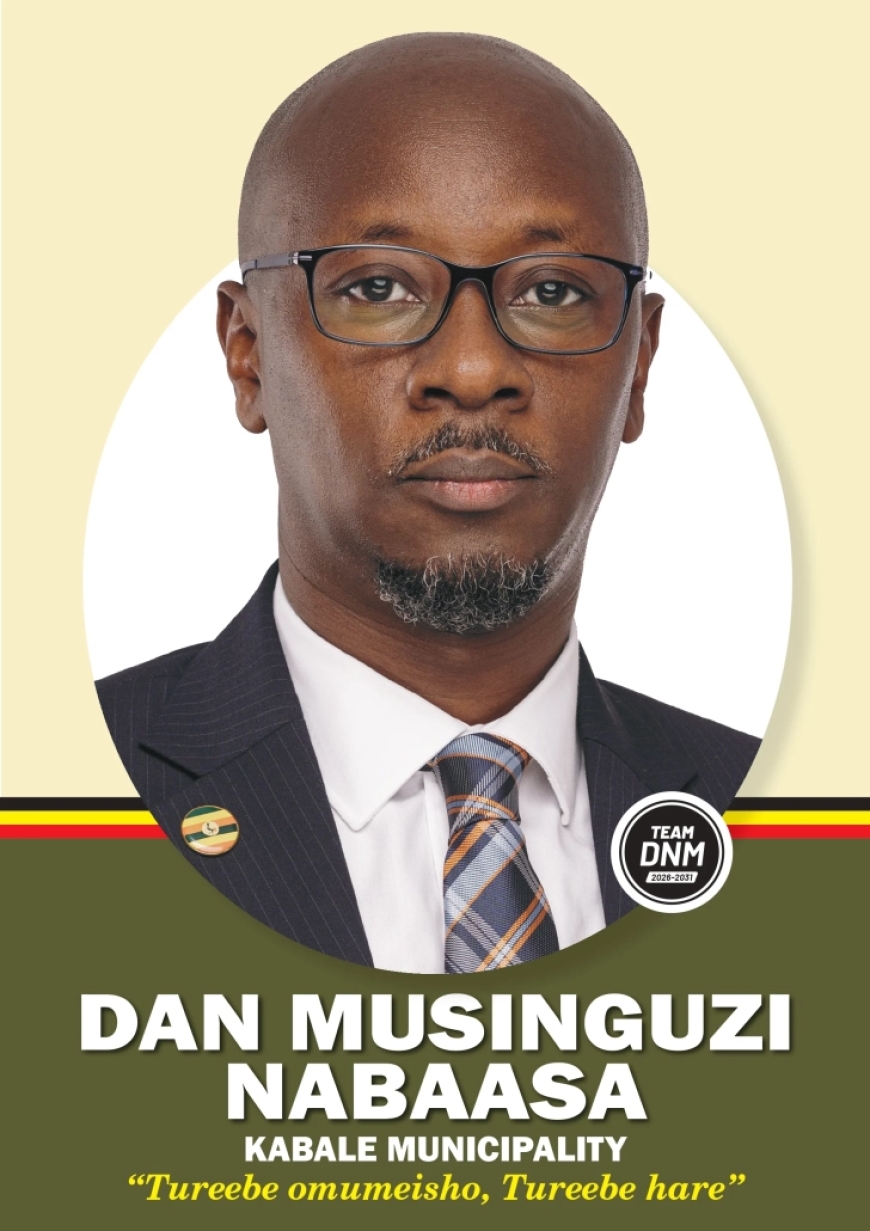
Uganda is undergoing profound economic and infrastructural shifts. Oil extraction and refining, a new international airport, the Standard Gauge Railway, and potential iron and steel industries in Rubanda are reshaping the national economic landscape. Kabale’s transition into city status, coupled with its geographical advantage as a border municipality linking Uganda to Rwanda, Burundi, and the Democratic Republic of Congo, further amplifies its potential.
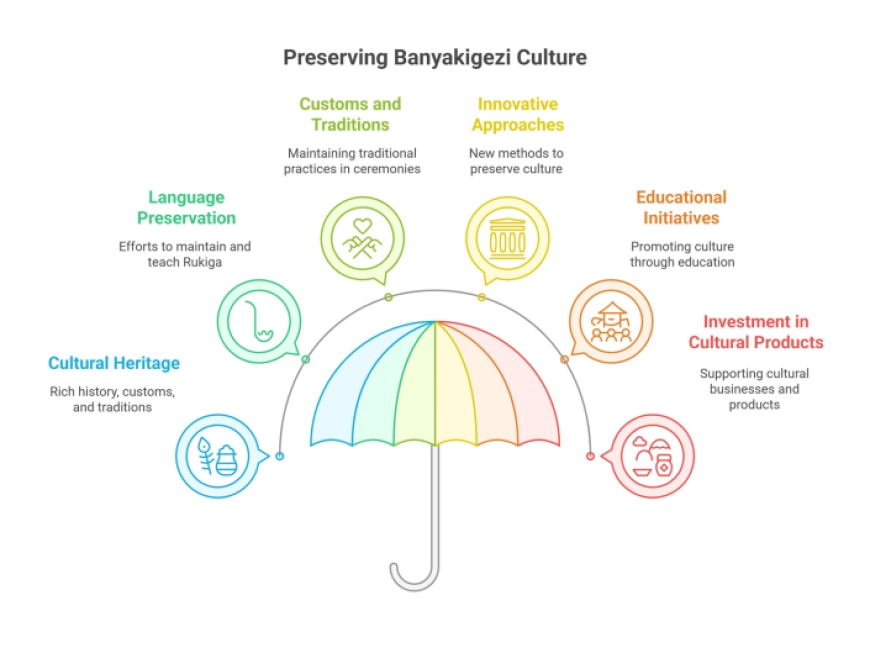
With the East African Community expanding to 331 million people and USD 296 billion in GDP, Kabale is strategically located to thrive as a regional trade and service hub. However, Nabaasa emphasizes that prosperity will not come automatically. It will require preparedness, skills, innovation, and visionary leadership to ensure Kabale’s citizens benefit from the unfolding opportunities.
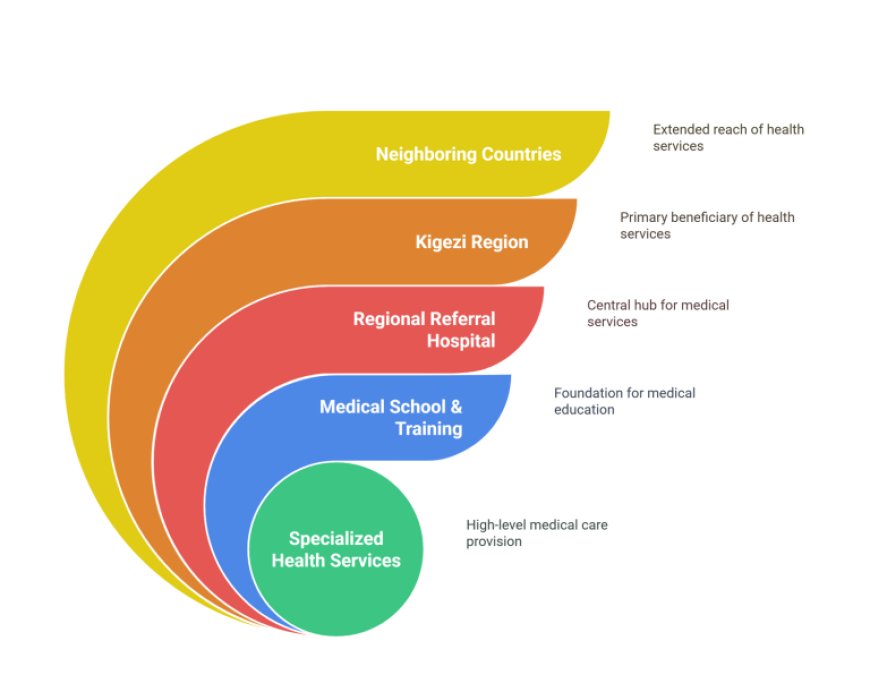
Nabaasa’s manifesto stresses the urgent need for a new breed of leadership — one that is strategic, accountable, inclusive, and transformative. He envisions leadership that:
Thinks long-term: focusing not only on immediate needs but also on sustainable development.
Provides direction: setting a clear roadmap that unites the community toward shared goals.
Instills hope: motivating citizens to believe in their potential to seize new opportunities.
Promotes inclusivity: bridging divides of religion, tribe, and class for collective progress.
Attracts investment: mobilizing local and international stakeholders to fund development.
Leaves lasting impact: prioritizing infrastructure, education, healthcare, and welfare.

Strategic Pathways for Kabale’s Transformation
Nabaasa identifies six key strategic sectors to drive Kabale’s growth:
1. Education Services Hub
Building on Kigezi’s strong legacy of educational excellence, Kabale can become a regional center of academic attraction. With four universities and several tertiary institutions, Kabale is well-placed to draw students from Rwanda, Burundi, and the DRC seeking English-based education.
Nabaasa pledges to lobby government for more financing, expand infrastructure, and encourage private investment.
ICT and science-based skills will be prioritized to prepare youth for high-paying jobs in oil, steel, technology, and global remote work opportunities.
2. Health Services Excellence Centre
With Kabale Regional Referral Hospital, a medical school, and various training institutions, the municipality can become a hub for specialized healthcare.
Nabaasa envisions attracting high-level medical specialists, improving facilities, and making Kabale a destination for advanced health services for both Ugandans and neighboring countries.
3. Tourism Development
Kabale’s scenic Lake Bunyonyi, steep hills, and valleys make it a natural magnet for eco-tourism and cultural tourism. With government already investing $120 million in roads around the lake, opportunities abound for:
Developing waterfront resorts, destination wedding venues, and cultural events.
Promoting Kabale as a cool-climate host city for private and corporate functions.
4. Sports Potential
Kabale’s high altitude and hilly terrain make it ideal for sports development. Nabaasa proposes:
Redeveloping Kabale Stadium to host national and regional competitions.
Establishing high-altitude training facilities for athletics.
Promoting cycling competitions and secondary school sports academies to groom young talent.
5. Business and Industrial Hub
Kabale’s city status and location as a border town make it ideal for trade and industry. Nabaasa’s plan includes:
Establishing dry port facilities and free trade zones for manufacturers.
Promoting agro-processing industries, particularly for Irish potatoes and vegetables, with cold storage and value addition.
Developing Kabale Industrial Park to anchor economic growth.
6. Cultural Preservation and Diaspora Engagement
Acknowledging the decline of traditional culture, Nabaasa calls for innovative preservation measures:
Supporting private museums, cultural galas, and literature in Rukiga.
Encouraging investment in cultural foods, drinks, and crafts.
Engaging the Kigezi diaspora to invest back home, bringing capital, expertise, and networks to boost Kabale’s development.
Nabaasa sees the MP’s role as more than lawmaking. He pledges to be:
A Legislator: pushing policies that benefit Kabale.
A Lobbyist: advocating for infrastructure, industry, and education investments.
A Mobilizer: rallying citizens around key issues through campaigns and consultations.
A Networker: linking Kabale to government, private sector, civil society, and international partners.
A Mentor: inspiring youth to pursue leadership, community service, and entrepreneurship.
Dan Musinguzi Nabaasa’s manifesto is both a call to action and a roadmap for transformation. By positioning Kabale as a hub of education, healthcare, tourism, sports, industry, and culture, he envisions a city that thrives not only as a local center but as a regional powerhouse within East Africa.
“Seeing the opportunities is certain, but benefiting from them is not guaranteed. With foresighted leadership, Kabale can seize this moment and secure prosperity for generations to come.” – Dan Musinguzi Nabaasa
